Get to Know FREITAG Better
Do you remember the story we told you about transforming truck tarps into bags? Daniel and Markus Freitag—the Freitag brothers—decided to elevate old truck tarps from “trash” status and create unique bags from them!
Today, we delve into FREITAG’s approach to creative projects, positive activ-ism, and its impact with Sustainability Consultant Sinem Çelik, which you can explore up close by visiting vitruta stores.
Sinem, we know very well that you have a keen interest in brands that prioritize sustainability. What are your thoughts on the FREITAG brand?
For me, FREITAG has been a very special love brand for many years because it beautifully combines circularity and design—and even more importantly, it does all this with fun, positive activism. Additionally, I had the opportunity to work on a project with this brand in my professional career, so I know the creators: I was deeply impressed by their vision and way of working.
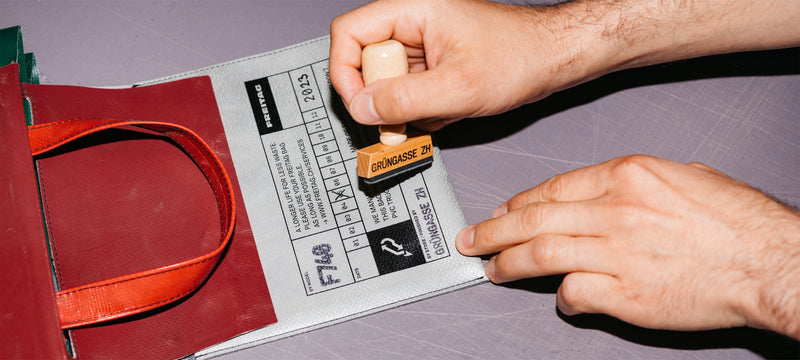
Why is this brand so special? Could you tell us a bit about it?
FREITAG is a circular design brand that transforms “interesting” waste materials into bags and lifestyle products. The idea, which began in the fall of 1993 in an apartment shared by two brothers in Zurich, has grown into a company that brings unique recycled bags from Europe to Asia. In most models, they combine used truck tarps with recycled PET textiles or airbags and even worn-out ski boots.
The entire process is wholly focused on circularity and the creative use of waste, operating with the idea of keeping used materials in circulation for as long as possible. For 30 years, their bags have existed not only for design and functionality but also for material conservation and durability.

You mentioned you were very impressed by the brand’s vision...
Their brand philosophy is: “We think and act in cycles.” And this is really important. Many companies apply circular tactics and projects, but spreading this throughout the entire company is something else. With this brand, though, we can truly talk about circularity in all their actions.
They even argue that happiness moves in cycles—growing only when shared! “Beyond bags, we try to make our users and ourselves happier in the long run. We’ve experimented with this through education and our happiness heroes. And who knows what the future holds,” Daniel said in an interview; isn’t that sweet? This aspect makes the brand’s perspective very human and beyond commercial clichés.
Moreover, a beautiful testament to the brand has its roots in design that transcends fashion’s limits is, perhaps, this: FREITAG’s first bag, the F13 TOP CAT Messenger, was accepted into the design collection of the Museum of Modern Art (MoMA) in New York in 2003. This led to the emergence of an extensive collection of bags and accessories.
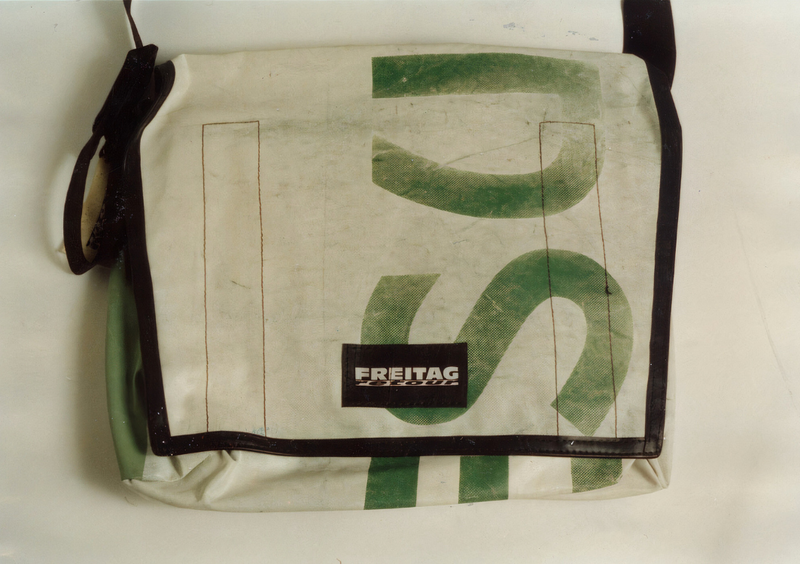
F13 TOP CAT Messenger (1993)
You had the chance to work on a project together, how wonderful! How did the process go?
In 2013/14, while working at a corporate company, FREITAG reached out to us in search of fabric development. I was involved in customer relations and product development processes.
Their starting point was very interesting: While looking for suitable workwear for their own employees, they couldn’t find anything that met their needs, so they decided to develop their own workwear from scratch. Can you believe that? They were looking for a durable, sustainable, and compostable material.
The project was later completed in Italy, where they developed the fabric they called F-ABRIC. Through this, I had the opportunity to meet the Freitag brothers, Markus and Daniel, and was personally touched by their vision.
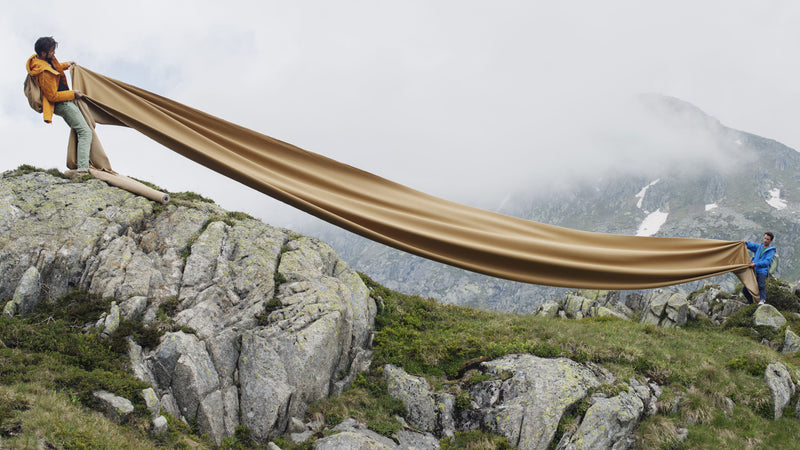
F-ABRIC
We’ve heard they have an interesting story about being copied—can you give us the details on that too?
Actually, “copy culture” is quite common in design and fashion, but this example is rather funny. In 1997, Markus Freitag discovered a cheap plastic, non-durable copy of his own FREITAG bag called “DONNERSTAG” in a Swiss supermarket. The name is important because in German, “freitag” means “friday,” and “donnerstag” means “thursday.”
The Freitag brothers and their small company faced a crisis, but thanks to media interest and public support, the retailer removed the fake bags from the shelves.
To commemorate this event, FREITAG released a limited edition of the copy bag and donated 99% of the profits to charities. This added to the brand’s strength, of course. Additionally, they showcased their playful response by transforming their Zurich store into a supermarket-themed area made from recycled materials!

You mention that their manifesto is like a guide to you—what makes it so special in your opinion?
Brand manifestos are very important in sustainability declarations—they have always been part of my work discipline. The manifesto put forth by this brand is actually an excellent business model: FREITAG’s approach, created as a call for sensible consumption, has gradually become a guide for every step they take—how they think and act, collaborate, develop products, produce, package, and of course, sell.
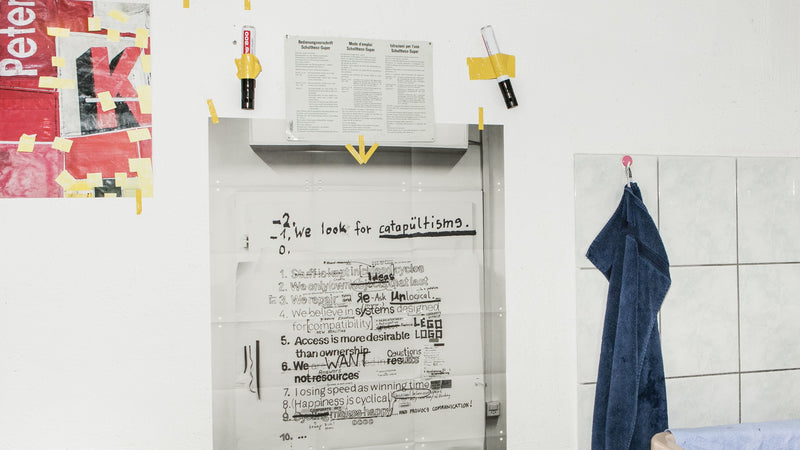
Manifesto
Additionally, this manifesto was used as part of the exhibition “FREITAG Ad Absurdum” at the Musée de design et d'arts appliqués contemporains in Lausanne in October 2015. Collaborating with twin artist brothers Frank and Patrik Riklin, the Freitag brothers designed an exhibition about the vision behind FREITAG. The four brothers focused on the themes of social interaction and circular thinking.
The project extended beyond the museum into public spaces; to engage with users, the Freitag and Riklin brothers set out at the beginning of summer, inviting owners of FREITAG bags made from old truck tarps to return their bags and allow them to become truck tarps once again. All FREITAG stores also participated in the campaign, asking customers to bring back their worn-out bags. In this way, around one hundred bags were collected worldwide!
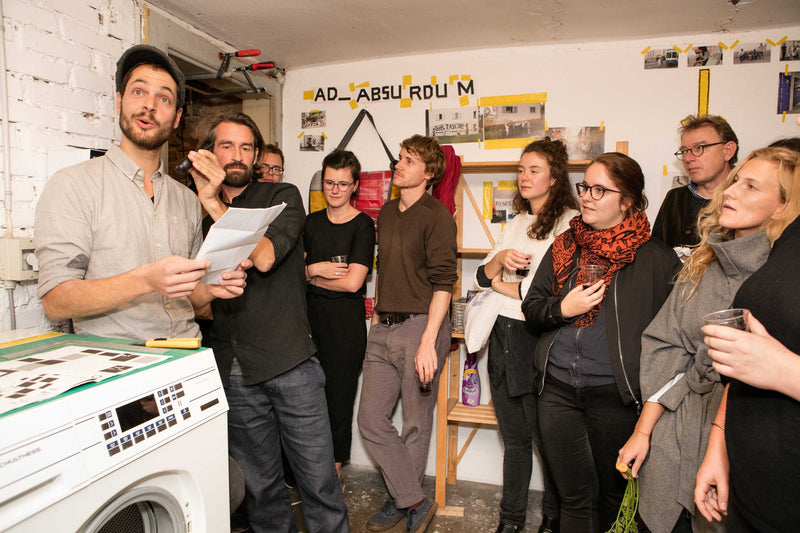
Ad Absurdum
Final question! What would you like to say about FREITAG is now available in Türkiye with vitruta?
I couldn’t think of another sales platform for this brand in Türkiye because vitruta and FREITAG share many common values. Defining sustainability through design and longevity is what makes this beautiful meeting possible. Additionally, their approaches to creating a “community” and even a “culture” are very similar.
It didn’t surprise me that this brand, which carefully selects where it will be sold just as meticulously as it handles its entire production process, chose vitruta. I hope the brand’s popularity spreads in Türkiye as well, and users can enjoy being part of this special story beyond just purchasing a product!